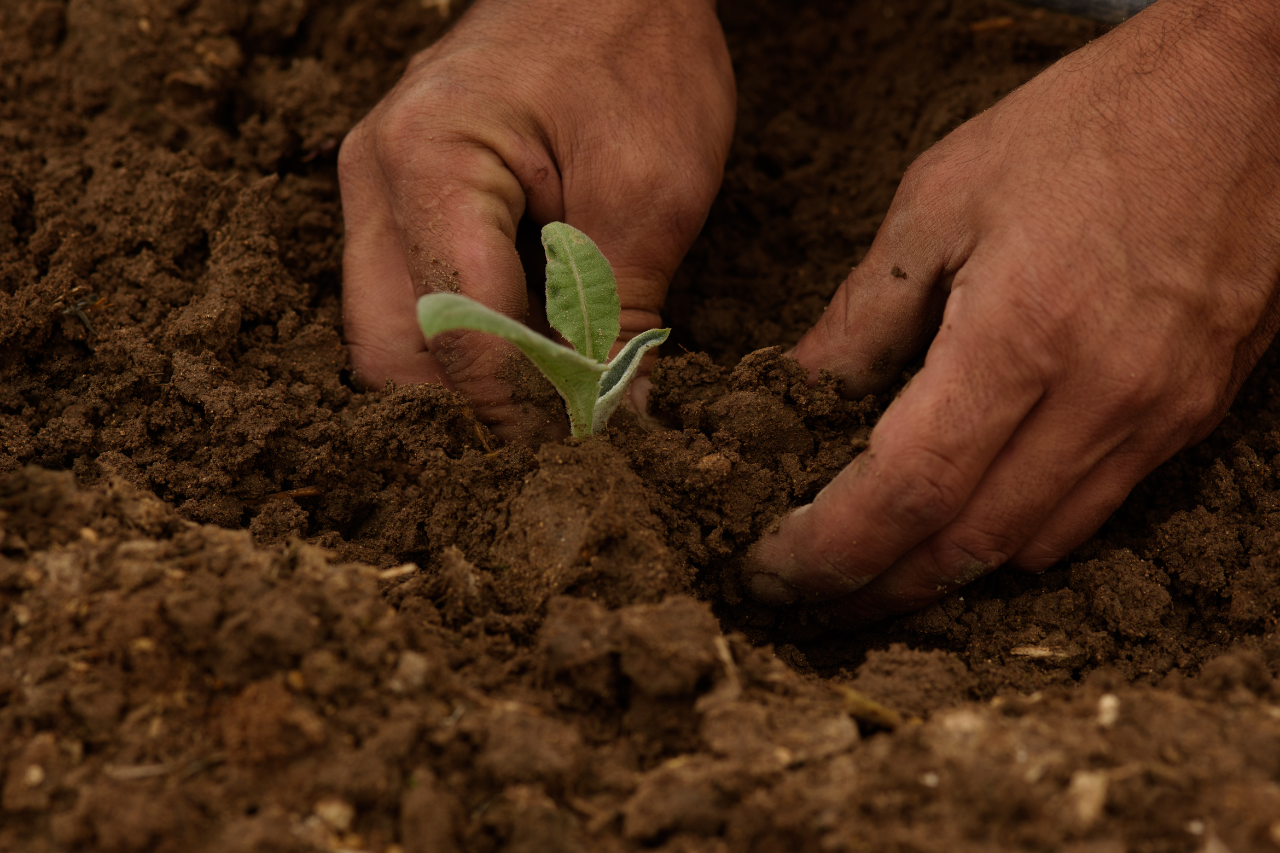
Kenya’s agricultural sector faces a major crisis: declining soil fertility. Years of monocropping and chemical-intensive farming have depleted nutrients, leading to lower yields. Regenerative agriculture offers a powerful solution by restoring soil health through organic practices.
Regenerative farming focuses on building soil organic matter, enhancing biodiversity, and reducing synthetic inputs. Key practices include cover cropping, composting, crop rotation, and minimal tillage. By keeping the soil covered with plants year-round, erosion is prevented, and moisture is retained—critical in Kenya’s dry regions.
Composting is another cornerstone of regenerative agriculture. Instead of relying on synthetic fertilizers, farmers use manure, crop residues, and kitchen waste to create nutrient-rich compost that nourishes the soil. This improves soil structure, increases water retention, and promotes beneficial microbial activity.
Minimal tillage is essential in preventing soil degradation. Excessive plowing disrupts soil organisms and accelerates erosion. By using conservation tillage techniques, farmers can maintain soil structure and fertility while reducing labor costs.
The transition to regenerative agriculture is not without challenges. Many farmers lack knowledge and resources to adopt these practices. Policies supporting organic inputs, farmer training programs, and incentives for sustainable land management can accelerate adoption.
As Kenya faces increasing climate threats, regenerative agriculture presents a viable path to food security. By healing the land, farmers can ensure productivity for generations to come.

